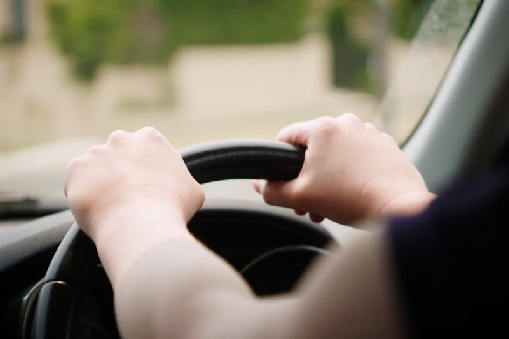EpiPen® and EpiPen® Jr Auto-Injectors are first aid devices that can help counteract a severe allergic reaction or anaphylaxis. Here are 5 things to know.
1. What’s in a name?
Epi is short for epinephrine, the main ingredient of EpiPen® and EpiPen® Jr. In Australia, epinephrine is commonly known as adrenaline. Of course, the shape of EpiPen® resembles a pen, which is where the pen part of the name comes from.
2. How EpiPen® works
When injected into your thigh muscle, the adrenaline (epinephrine) in EpiPen® works by quickly reducing swelling in your throat, opening up the airways and preventing blood pressure from falling too low.
3. No medical training is needed to use EpiPen®
EpiPen® is specially designed to be used by people who have no medical training. Simple instructions are printed on the device to help people provide first aid, even if they have no first aid experience or training. However, it helps to keep your ASCIA Action plan and EpiPen® together to provide information about your specific allergies and to give more detailed instructions about helping you in an emergency.
Remind friends and relatives about the EpiPen® Blue to the sky. Orange to the Thigh. mantra to help them remember what to do in an emergency. Also, encourage people to watch our training videos on how to use EpiPen®, which are available in 26 languages.
4. Always call an ambulance after using EpiPen®
You should always call an ambulance and go to the hospital after using EpiPen®. You should also write down the time of your dose or doses. Also, avoid standing or walking during anaphylaxis or after receiving EpiPen. For more information, read our tips on what to do after using EpiPen®.
5. Carry 2 EpiPen® Auto-injectors
Some people need additional doses of adrenaline before the ambulance arrives. That’s why people prescribed EpiPen® should always have two EpiPen® Auto-Injectors with them.






















